Check-in: History of HalloweenLet's learn a little bit about this strange pop culture holiday and about the historic roots it has in religion and rituals from Paganism to Christianity in Western Europe. Afterwards, you will be quizzed on how much you know (Kahoot! quiz) Halloween is a great example of the outcome of globalization. Cultural practices spread from one region of the world to another through a process called "diffusion". As people moved from Western Europe (through the Irish) and brought their Celtic traditions with them. And then it morphed and changed over time.
Globalization 101We will start by looking at one interesting tribe... Then we will review your understanding of globalization and this process of exchanging ideas, technology, culture, commodities, flora and fauna and yes, diseases. Today, we are going to focus on globalization 1.0: The Age of ExplorationFor the remainder of class, you will pick one of the following explorers to research and create a profile of... you will "explore the explorers" to have a better understanding of WHERE they traveled to, WHY they traveled there (what motivated them to explore to these areas), and HOW their contact with these newly discovered (to the Western world, that is) places were changed as a result of their contact. 
Next class time... you and your partner(s) will participate in a Gallery Walk to take a look at other Fakebook pages of explorers to learn more about the other explorers during this time period. HW: add some notes to your table 2 notes on your explorerCheck-in: Read about this ancient shipwreck:NOT JUST A VASE Archaeologists discover a 2,400-year-old shipwreck, perfectly preserved By Ephrat Livni. October 23, 2018 Today's Activity & Discussion: |
Mrs. Stewart's CourseYou'll find a daily agenda posted here for each day that class meets Archives
May 2020
Categories |
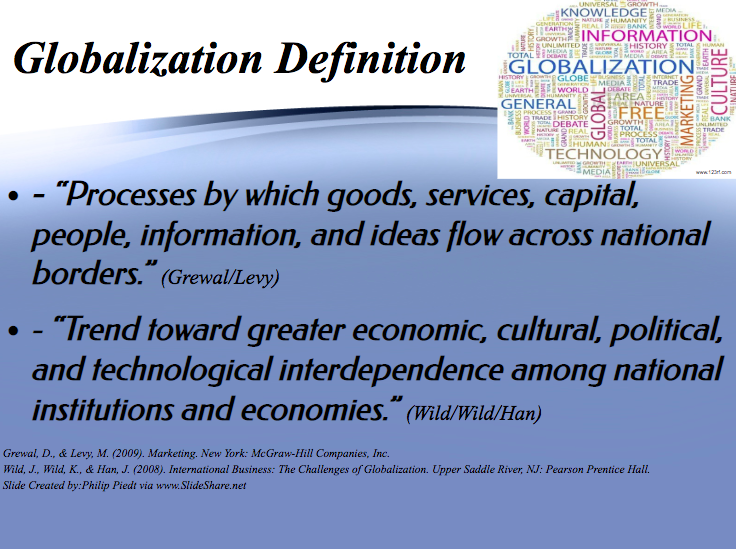
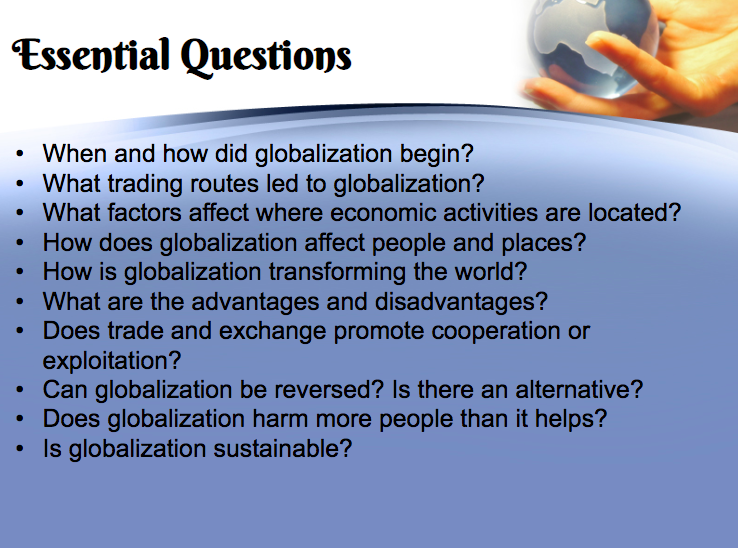

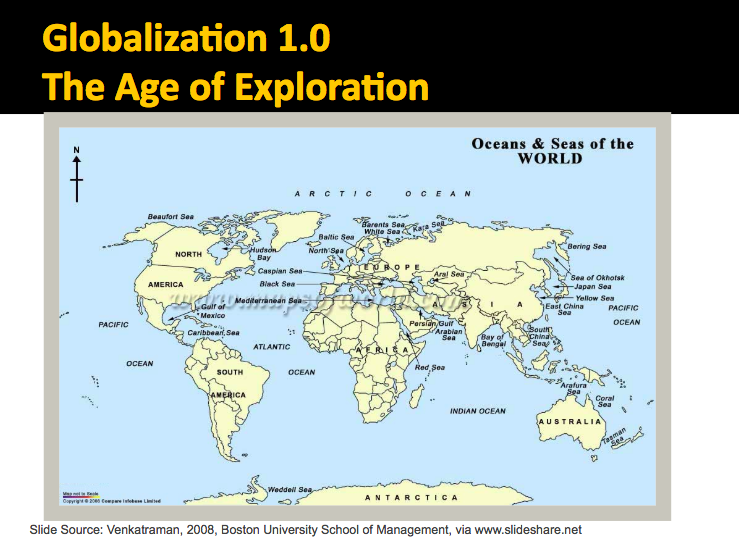

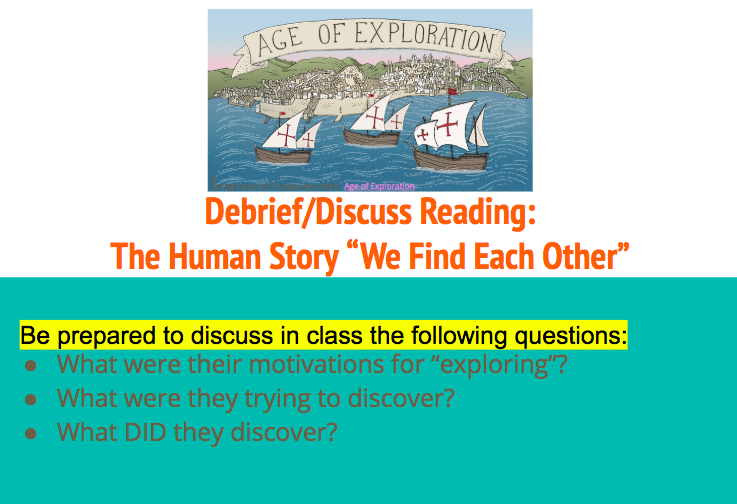
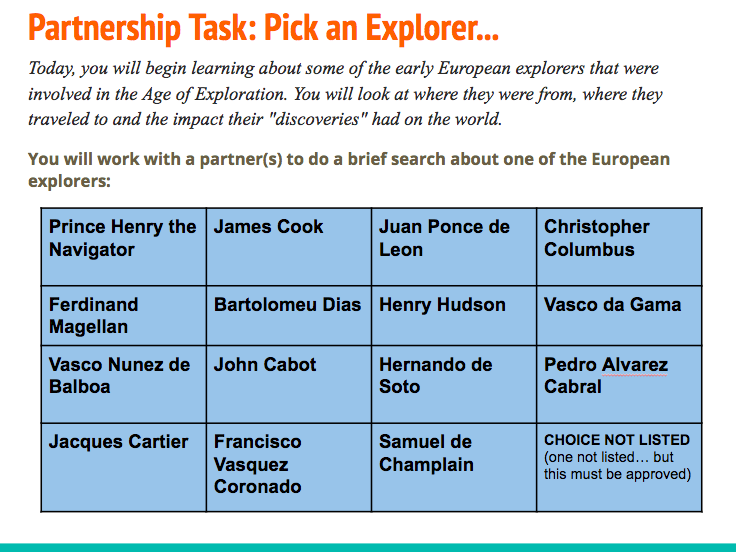

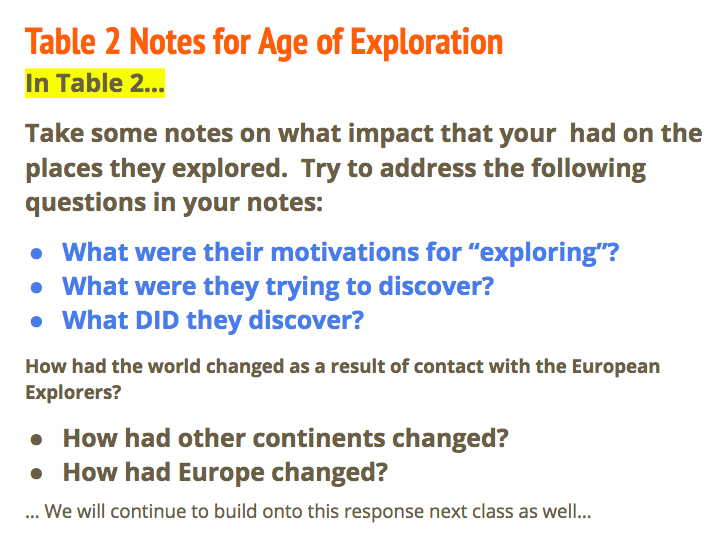
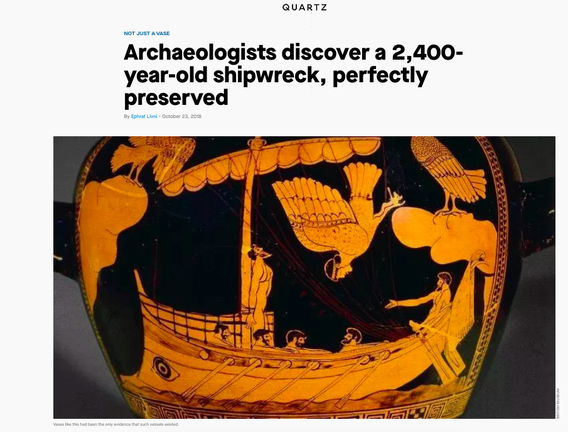
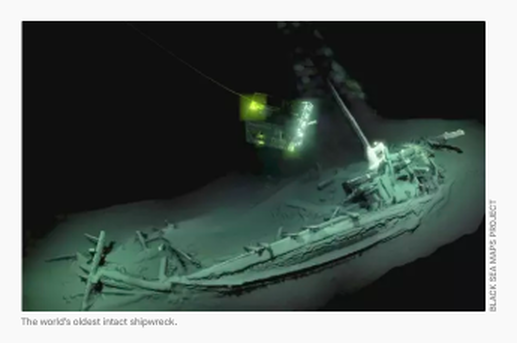
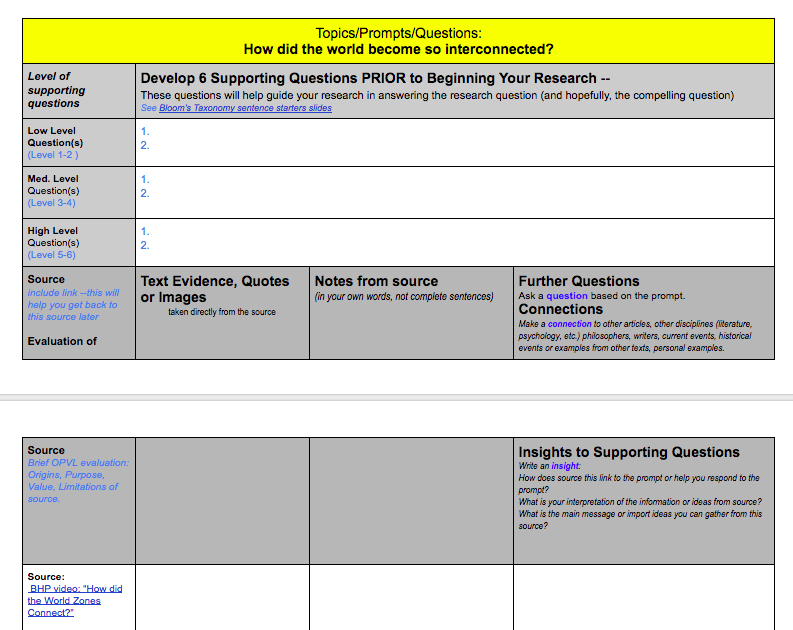


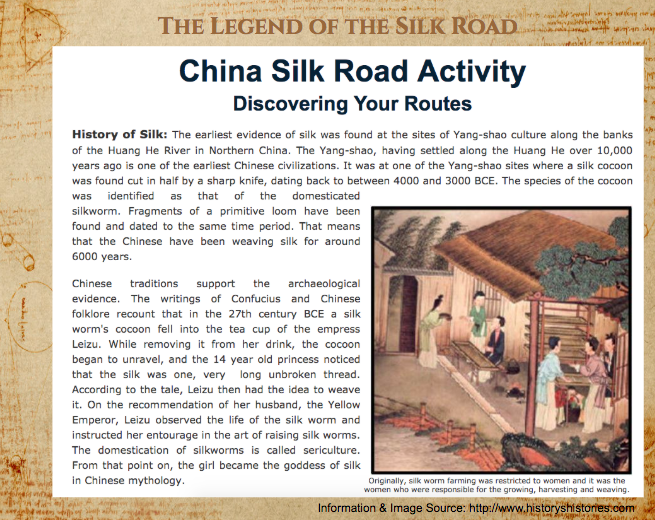
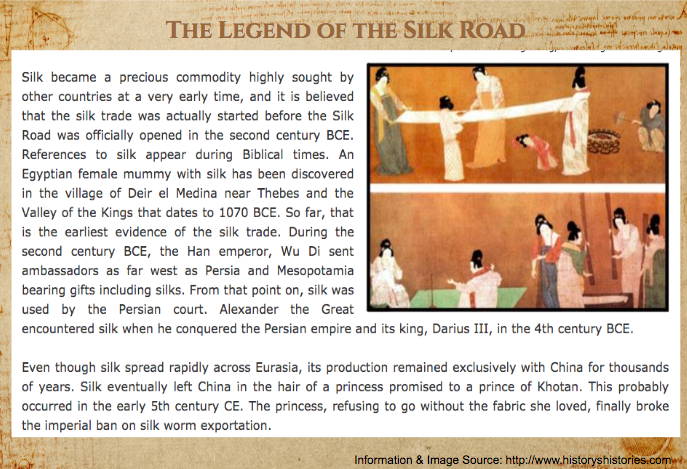
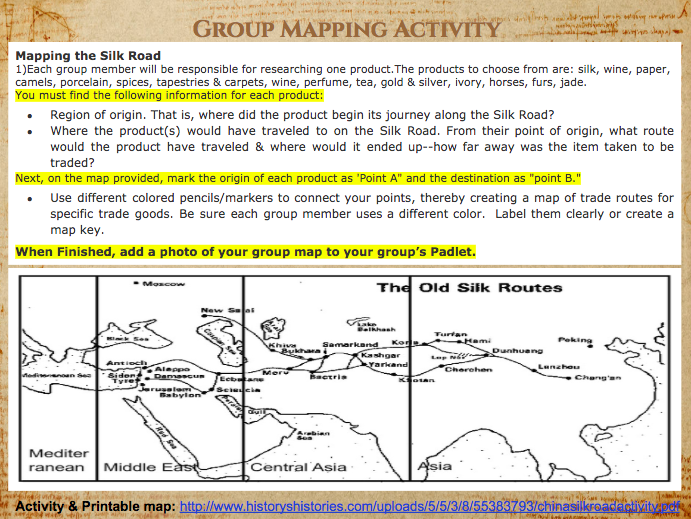
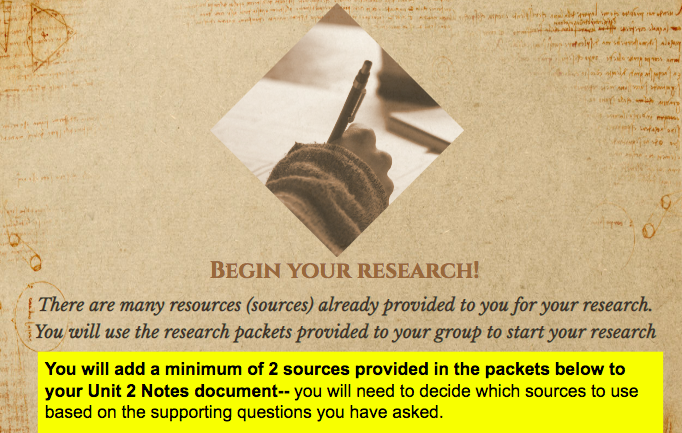
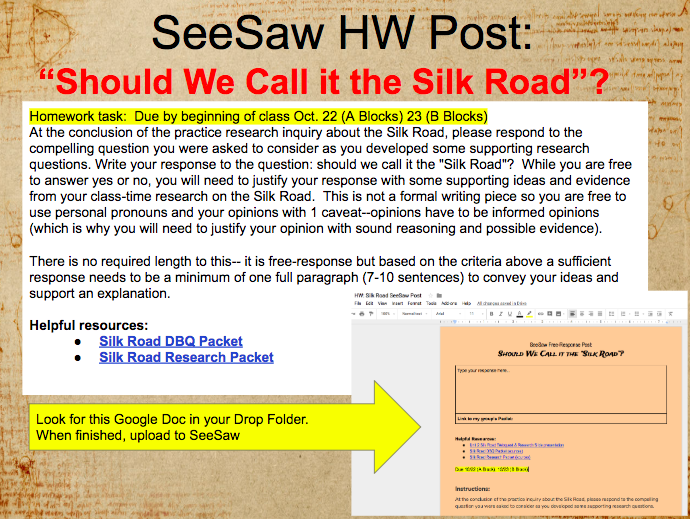
 RSS Feed
RSS Feed